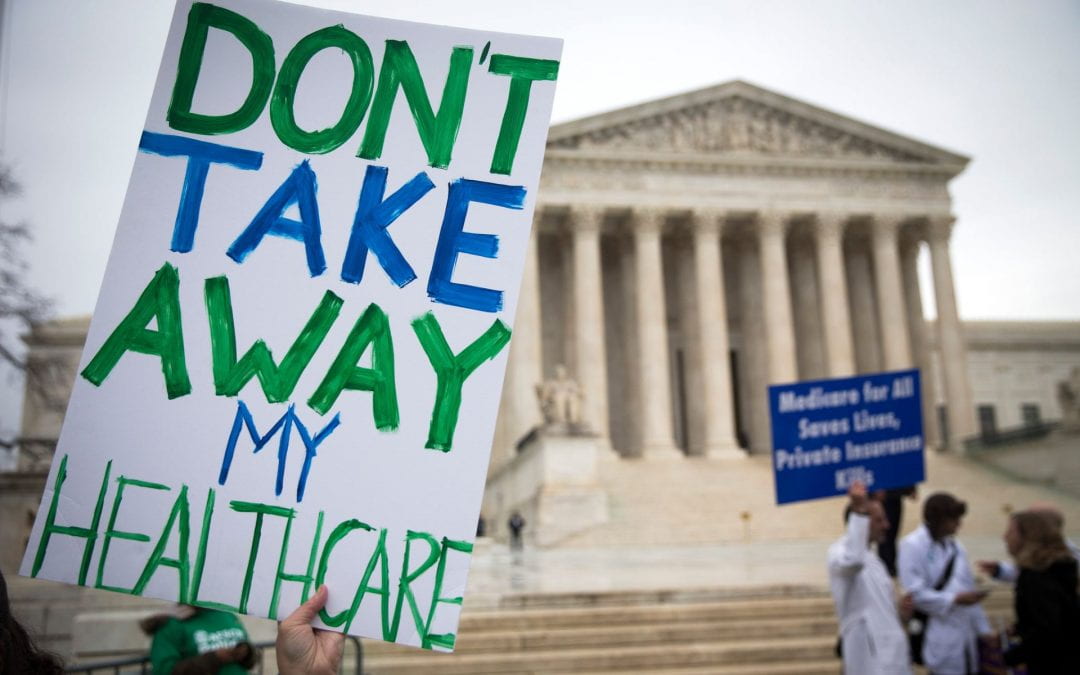Access to healthcare is one of the remarkable indicators that defines the quality of people’s lives. Despite the thousands of advanced technologies and countless healthcare clinics and hospitals, many people still cannot afford healthcare or health insurance. This has been a global concern for years, which many countries have resolved. However, the United States has yet to significantly progress towards making healthcare more accessible to low-income communities. There are many solutions to this problem that can be implemented today, upon which millions of suffering Americans depend.
Some studies have shown over the years that expensive health care is due to the high cost of defensive medicine, or in other words, physicians ordering expensive tests that may be unnecessary, as a way to deflect legal responsibility from themselves. Deviating from defensive medicine in the healthcare industry might impact physicians economically, but more importantly, it will help achieve affordable healthcare.
Obamacare (the Affordable Care Act of 2010) is one program that focuses on extending healthcare to Americans and reducing public health disparities. This program lays down a foundation that people under the age of 26 will receive accessible care from their parent or guardian’s health care plans. Afterward, they must pay for their health care plan. Also, the program stipulates that the government provides free healthcare to retired adults from age 55 to 64, to avoid any insurance plan complications. Essentially, Obamacare seeks to expand access to healthcare care, regardless of the scale of one’s medical diagnosis, to ultimately save lives that would have been lost due to the inability to pay expensive medical bills.
Easier access to healthcare will result in a healthier nation. The healthcare system is one of the most important components in life, as the United States’ economy cannot be fully efficient and benefit all people until everyone can access quality, affordable healthcare. Free healthcare (or at least cheaper healthcare) would be the most effective system for America, which other countries like Switzerland and Singapore have demonstrated. The money spent by citizens on their healthcare could be redirected to other social support systems in America, like expanding access to nutritious foods as well. Although free healthcare has many perks, it also has disadvantages. Most notably, overloading health services with a large number of patients would overwhelm already busy healthcare systems. Patients may overuse the perk of free healthcare, leaving not taxpayers to suffer, but rather medical professionals and healthcare systems. Even so, the perceptible advantages of affordable healthcare outweigh the disadvantages. As it is, years of attempts to ameliorate the United States healthcare system have failed the American people, and the situation remains devastating and life-threatening for low-income communities. There should be no debate though as to whether America needs to redesign the public health system, as healthcare is a human right, and nobody should be dying because they cannot afford to live, especially when the government has the economic means to take care of them.
Bibliography:
Gerisch, Mary. “Health Care As a Human Right.” American Bar Association, www.americanbar.org/groups/crsj/publications/human_rights_magazine_home/the-state-of-healthcare-in-the-united-states/health-care-as-a-human-right/.
“Free Health Care Policies.” World Health Organization, World Health Organization, 2020, www.who.int/news-room/fact-sheets/detail/free-health-care-policies.
Gologorsky, Beverly. “Health Care in the US Should Be Affordable and Accessible.” The Nation, 9 May 2019, www.thenation.com/article/archive/tom-dispatch-health-care-should-be-affordable-and-accessible/.
Luhby, Tami. “Here’s How Obamacare Has Changed America.” CNN, Cable News Network, 8 July 2019, www.cnn.com/2019/07/08/politics/obamacare-how-it-has-changed-america/index.html.

